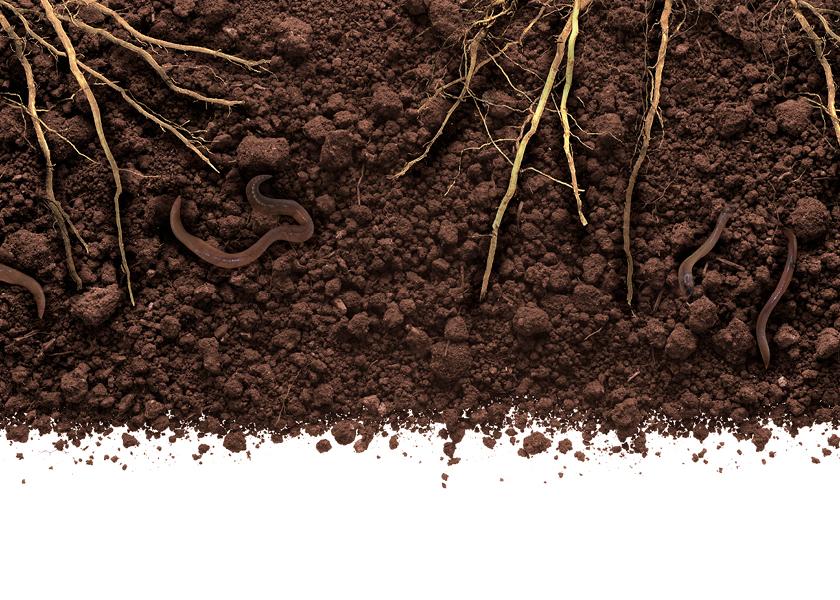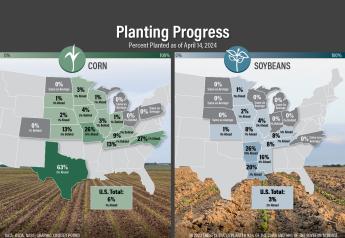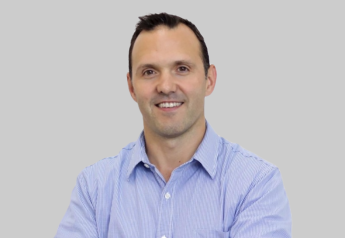Truterra Adds Agronomic Network to Spur Interest and Adoption of Soil Health Practices

In late 2021, Truterra announced it had facilitated more than $4 million in payments to farmers as part of its carbon program. Simultaneously, Land O Lakes said it would pursue a two-prong approach to feed the future of its soil health and carbon initiatives.
The two prongs were to encourage sign up in the carbon programs on one path. And the second path was to create more awareness, interest and success with implementing soil health practices.
In April, Truterra announced a springboard for focus in soil health by announcing a network of transition specialists to help facilitate the implementation of those agronomic practices alongside its retail network agronomists and their farmer customers.
So far, there are three members of this transition network: Jeremiah Durbin, Founder and CEO of Sustainable Legacy Consulting; Mitchell Hora, Founder and CEO of Continuum Ag; and Jason Strand, Owner and Operator of Strandgard Stewardship.
The main task of these individuals will be to be on-call and available to Truterra ag retailers with specialized agronomic support.
“In my consulting business I know one of my key roles is to be a troubleshooter,” Durbin says. “I always start with farmers understanding their baseline. It’s just to the best way to know where we’re going next by knowing where we are today.”
Durbin is encouraged by Truterra bringing on additional agronomic support specifically around soil health. He reports in his consulting, which spans about eight states, many farmers are stumbling over their path from the present to how to set the correct trajectory for their farm in managing it for long-term soil health goals.
“Just like smart phones replaced rotary dial phones. Today, we can see how powerful a smart phone is and how much it’s capable of doing. To bring about changes on the farm we must be willing to try new things. And an example is infiltration. It’s hard to see exactly how the steps we take with soil health will improve infiltration, decrease runoff, and have other benefits. But once we see them, we know what it took to get there,” Durbin says.
Hora, who is based in eastern Iowa, says another soil health practice that is getting a lot of attention and resulting in many questions would be using cover crops.
“It’s encouraging to see Truterra bring this network together and make us available to their agronomists,” Hora says. “It’s about understanding the principles and practices while helping farmers through the hurdles. And cover crops are a great example of that. Take a year like this year, we’re wet and covers are really growing. I understand that makes farmers nervous, but the message is, ‘hold tight. Don’t go out and do tillage which defeats the purpose of what you’re trying to do.”
It’s the specialization in focusing on soil health that aims to provide perspective to the short-term steps for long-term outcomes. This is something Truterra has said is a huge opportunity.
Jason Weller, president of Truterra said of its carbon outlook back in December, “We are looking to 4x or 5x our program in tonnage and participation.” He sees the marketplace for soil organic carbon to reach $3 to $6 billion by 2030.







